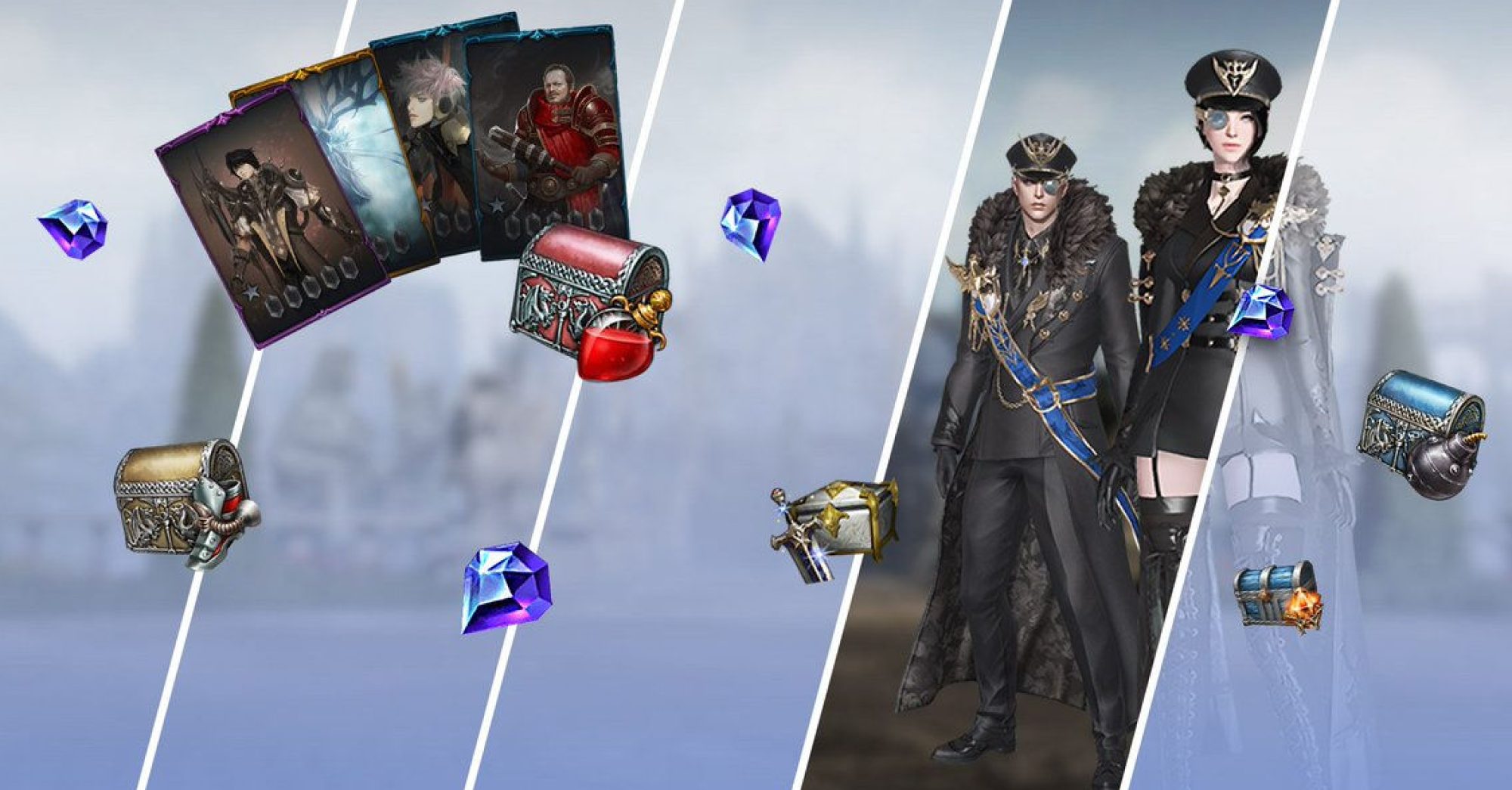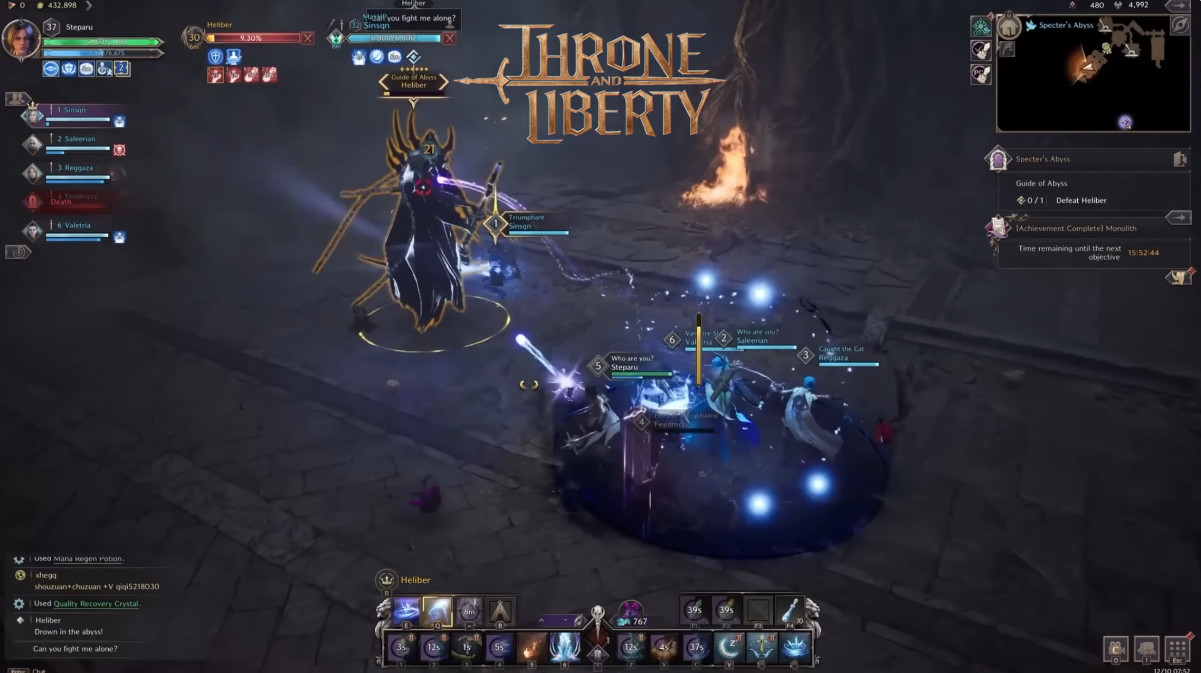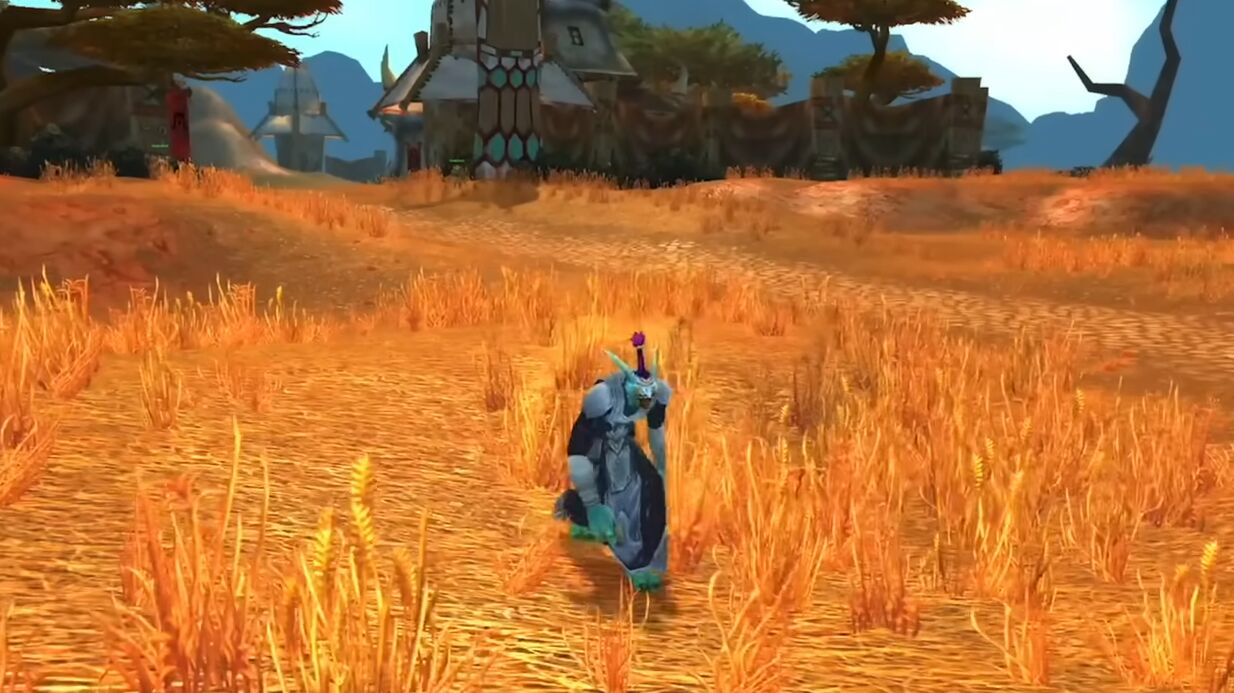In the labyrinthine realm of Dark and Darker, a persistent issue looms large—the delicate balance between various gaming mechanics and the inherent clash they create. The assertion that running isn’t a counter but a means to evade one forms the crux of the challenge. Armed with an abundance of meds to brave the menacing swarm, players navigate a landscape where survival often hinges on outlasting adversaries. While the pursuit of equality in combat is a noble aspiration, the game’s foundational design imposes inherent disparities.
- Evading Counters
The stark reality that running is not a counter but a defensive maneuver is laid bare. In a game where each move matters, having an ample supply of meds becomes a lifeline, enabling players to endure the treacherous swarm. The question of enjoyment arises, prompting a candid acknowledgment—survival in the swarm, while effective, lacks the thrill that arises from a more leveled playing field. - Clash of Mechanics
Dark and Darker is hailed as the synthesis of gaming mechanics beloved by its creators. However, this amalgamation results in a cacophony of conflicting elements. The diverse array of mechanics, drawn from various genres, introduces a challenge—how to reconcile disparate systems that often amplify the advantages of powerful players and reward aggression. - Class Dynamics
At the core of the conundrum lies the rock-paper-scissors combat paradigm ingrained in class dynamics. The intrinsic challenge is preserving class identity within a fantasy-based game marked by diversity. Unlike a shooter where class distinctions are minimal, Dark and Darker grapples with establishing meaningful class roles amid a spectrum of unique abilities and attributes. - Historical Shifts in Gameplay
Reflecting on the game’s evolution, a narrative emerges. There was a time when everyone could amass enough damage to execute swift 1-2 shot eliminations. However, this approach faced dissent. The pendulum swung toward elongated combat, challenging players to navigate extended encounters. The inherent struggle lies in the premise—the longer the battle, the more formidable it becomes to overcome existing disadvantages. - Flaws in Damage-Survivability Balance
Unveiling the tragic flaw, the delicate dance between damage and survivability remains unresolved. The game’s AI-driven scaling introduces an element of randomness, exacerbating the challenge. Each class, constructed with distinct intricacies, grapples with the same erratic scaling. The result is a perpetual cycle of class nerfs, with dissatisfaction fueling weekly adjustments. The ease with which players stack excessive HP further compounds the balance dilemma. - Resistance to Hard Caps
A potential solution surfaces—introduce hard caps to curtail excessive power and level the overall playing field. Such caps, a common strategy in comparable PvP games, would allow gear to wield influence while preventing overwhelming power differentials. However, a notable aversion toward this approach emerges from the game’s developers, perpetuating the struggle for balance.
In Conclusion:
Dark and Darker stands at the intersection of ambition and challenge, attempting to harmonize diverse gaming mechanics within a fantasy realm. The clash of elements, the intricacies of class dynamics, and the perpetual quest for balance underscore the complexity of the gaming experience. As players grapple with inherent disparities, the quest for equilibrium continues, shaping the evolving landscape of Dark and Darker.
MMOexp always provide you the best DnD Gold & Dark and Darker Items, Follow the game updates. Follow us now.






